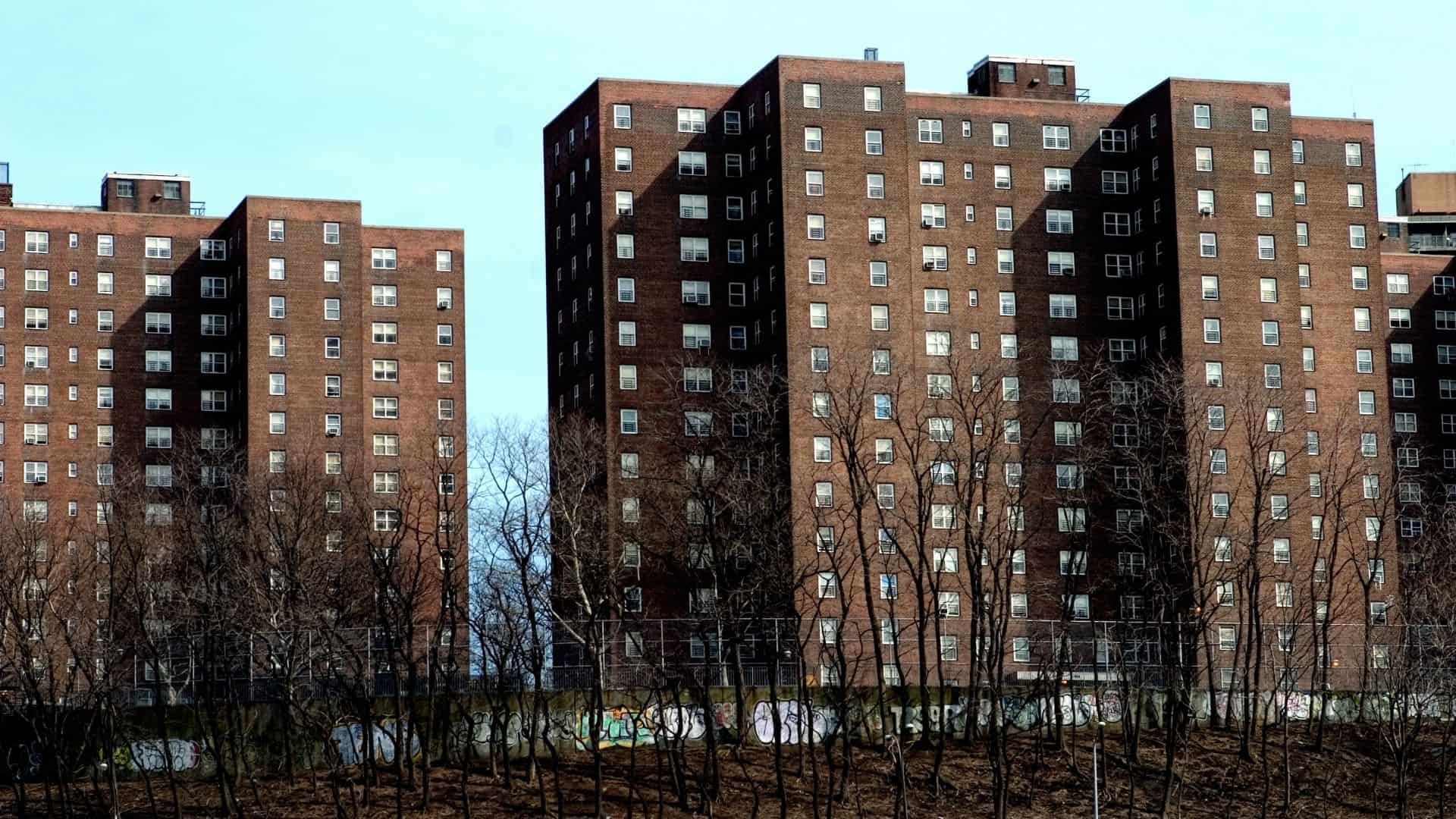
What is Section 8 Housing? Section 8 Housing, also known as the Housing Choice Voucher Program, helps low-income families, elderly, and disabled individuals afford decent, safe, and sanitary housing in the private market. How does it work? The program provides rental subsidies that cover a portion of the rent, with tenants paying the rest based on their income. Why is it important? It offers stability and a chance for better living conditions to those who might otherwise struggle. Who qualifies? Eligibility depends on income, family size, and citizenship status. Where can you use it? Vouchers can be used for various housing types, including single-family homes, townhouses, and apartments. Why should you care? Understanding Section 8 can help you or someone you know secure affordable housing.
What is Section 8 Housing?
Section 8 Housing, also known as the Housing Choice Voucher Program, helps low-income families, the elderly, and disabled individuals afford decent, safe, and sanitary housing. This federal assistance program is administered by local public housing agencies (PHAs).
-
Section 8 was established in 1974. The program was created under the Housing and Community Development Act to provide rental assistance to low-income families.
-
It is funded by the U.S. Department of Housing and Urban Development (HUD). HUD allocates funds to local PHAs, which then distribute vouchers to eligible families.
-
Vouchers can be used for various types of housing. These include single-family homes, townhouses, and apartments, as long as the housing meets program requirements.
How Does Section 8 Work?
Understanding the mechanics of Section 8 can help demystify the process for those interested in applying or learning more about it.
-
Families pay about 30% of their income towards rent. The voucher covers the remaining portion, making housing more affordable.
-
Landlords receive direct payments from PHAs. This ensures timely rent payments and reduces the financial risk for property owners.
-
Housing must meet HUD's quality standards. Properties are inspected to ensure they are safe and habitable.
Who is Eligible for Section 8?
Eligibility criteria are crucial for determining who can benefit from this program.
-
Income limits are set by HUD. These limits vary by location and family size, ensuring assistance goes to those most in need.
-
Citizenship or eligible immigration status is required. Only U.S. citizens or certain categories of non-citizens can receive assistance.
-
Background checks are conducted. Applicants with certain criminal histories may be disqualified.
Benefits of Section 8 Housing
The program offers numerous advantages for both tenants and landlords.
-
Provides stability for low-income families. Access to affordable housing can improve overall quality of life.
-
Encourages diverse communities. By allowing families to choose where they live, Section 8 promotes socioeconomic diversity.
-
Reduces homelessness. The program helps prevent families from becoming homeless by providing affordable housing options.
Challenges and Criticisms
Despite its benefits, Section 8 is not without its challenges and criticisms.
-
Long waiting lists are common. High demand often leads to extended wait times for vouchers.
-
Some landlords refuse to accept vouchers. This can limit housing options for voucher holders.
-
Funding limitations can affect availability. Budget constraints may impact the number of vouchers distributed.
Interesting Facts About Section 8
Here are some lesser-known facts that might surprise you.
-
Portability allows moving between jurisdictions. Families can transfer their vouchers if they move to a different area.
-
Project-based vouchers are another option. These vouchers are tied to specific properties rather than individual families.
-
Veterans can receive special assistance. Programs like HUD-VASH provide additional support for homeless veterans.
-
Family Self-Sufficiency (FSS) programs are available. These programs help families achieve economic independence through education and job training.
-
Homeownership is possible with Section 8. Some PHAs offer programs that allow families to use vouchers for mortgage payments instead of rent.
Final Thoughts on Section 8 Housing
Section 8 housing plays a crucial role in providing affordable housing to low-income families. It offers a lifeline to many who struggle to make ends meet, ensuring they have a safe place to call home. The program's flexibility allows recipients to choose housing that best fits their needs, promoting stability and community integration. However, it's not without challenges. Long waiting lists and limited availability can make accessing these benefits difficult. Understanding the ins and outs of Section 8 can help potential applicants navigate the process more effectively. By staying informed and proactive, families can better position themselves to take advantage of this valuable resource. Ultimately, Section 8 housing remains a vital tool in the fight against homelessness and poverty, providing hope and opportunity to those who need it most.
Was this page helpful?
Our commitment to delivering trustworthy and engaging content is at the heart of what we do. Each fact on our site is contributed by real users like you, bringing a wealth of diverse insights and information. To ensure the highest standards of accuracy and reliability, our dedicated editors meticulously review each submission. This process guarantees that the facts we share are not only fascinating but also credible. Trust in our commitment to quality and authenticity as you explore and learn with us.
